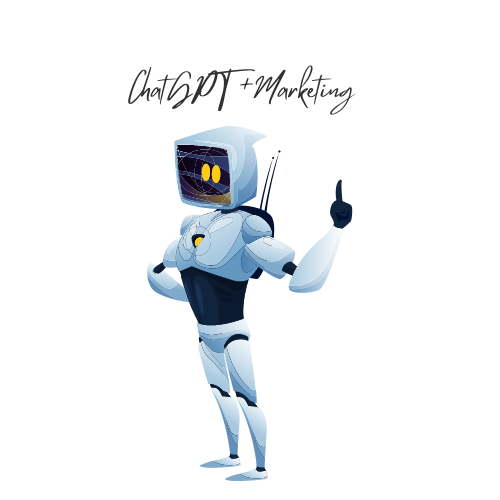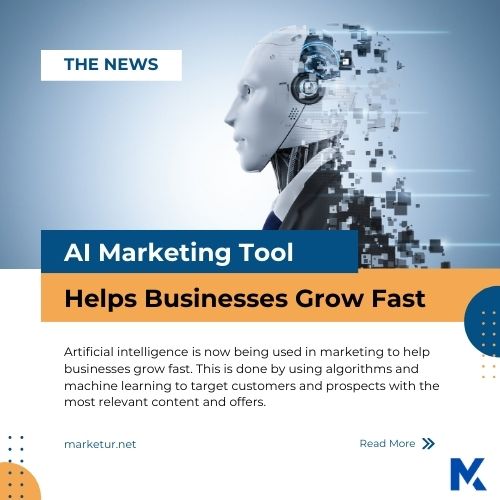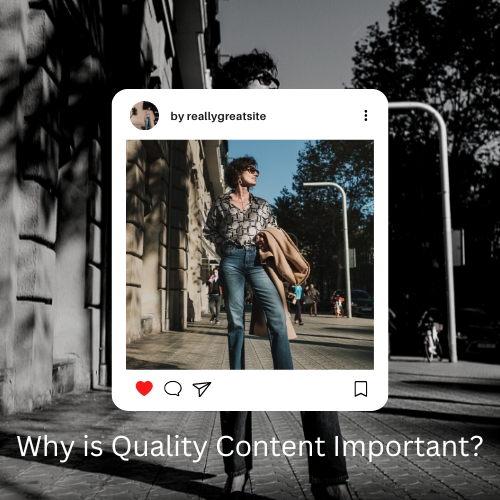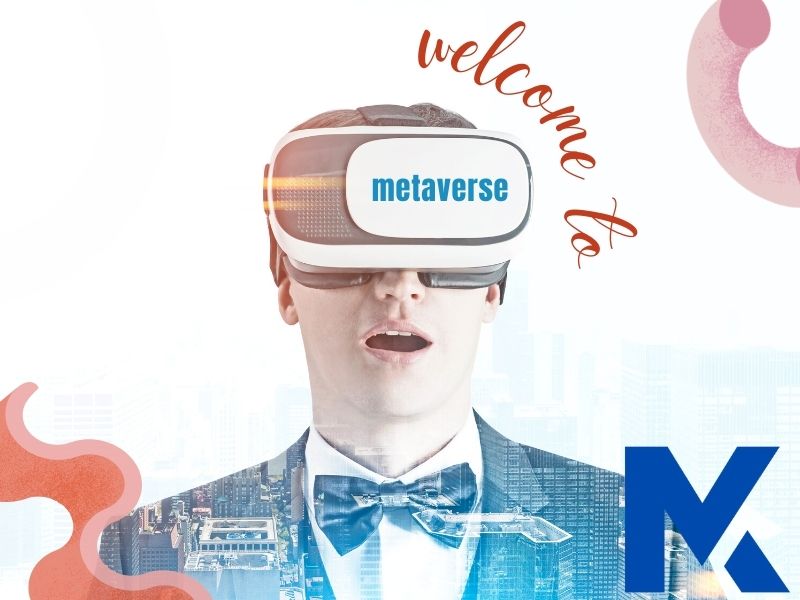How to Use ChatGPT for Marketing: The Ultimate Guide
In today’s fast-paced world, businesses are looking for ways to streamline their operations and improve customer engagement. One emerging technology that is making waves in the marketing world is ChatGPT, a language model that can generate human-like responses to customer queries. By leveraging ChatGPT, businesses can provide customers with quick and accurate responses, automate repetitive tasks, and improve overall customer experience. In this article, we will discuss how to use ChatGPT for marketing and boost your business.
What is ChatGPT?
ChatGPT is an advanced language model developed by OpenAI that uses machine learning to generate human-like responses to natural language queries. It is built on the GPT (Generative Pre-trained Transformer) architecture, which has been trained on a vast corpus of text data, including books, articles, and websites. ChatGPT can understand natural language queries and generate relevant responses, making it an ideal tool for customer service and marketing.
How can ChatGPT help with marketing?
ChatGPT can be a powerful tool for businesses looking to improve their marketing efforts. Here are some ways that ChatGPT can help:
- Improved customer engagement
One of the biggest benefits of ChatGPT is its ability to engage with customers in a conversational manner. Customers today expect quick and accurate responses to their queries, and ChatGPT can provide just that. By using ChatGPT for customer service, businesses can improve customer satisfaction, reduce response times, and build stronger relationships with customers.
- Automating repetitive tasks
ChatGPT can also be used to automate repetitive tasks such as answering frequently asked questions, scheduling appointments, and processing orders. This can free up employees to focus on more complex tasks, such as sales and marketing. By automating repetitive tasks, businesses can improve efficiency and reduce costs.
- Personalization
ChatGPT can be trained on customer data, allowing businesses to provide personalized responses to queries. By understanding a customer’s preferences and behavior, ChatGPT can generate more relevant responses, leading to better engagement and higher customer satisfaction.

How to use ChatGPT for marketing
Now that we have discussed the benefits of using ChatGPT for marketing, let’s look at how to use it effectively.
- Identify use cases
The first step in using ChatGPT for marketing is to identify the use cases where it can be most effective. For example, businesses can use ChatGPT to provide customer support, automate lead qualification, or provide product recommendations. By identifying the use cases that align with your marketing goals, you can ensure that ChatGPT is used effectively.
- Train ChatGPT
The next step is to train ChatGPT on your specific use cases. This involves providing it with relevant data, such as customer queries, product information, and sales data. By training ChatGPT on your specific use cases, you can ensure that it generates relevant responses that align with your marketing goals.
- Integrate ChatGPT with your marketing channels
Once you have trained ChatGPT, the next step is to integrate it with your marketing channels. This can involve integrating it with your website, social media channels, or messaging apps. By integrating ChatGPT with your marketing channels, you can provide customers with quick and accurate responses, leading to improved engagement and customer satisfaction.
- Monitor and optimize
Finally, it is important to monitor and optimize ChatGPT’s performance. This involves tracking key metrics such as response time, customer satisfaction, and conversion rates. By monitoring ChatGPT’s performance, you can identify areas for improvement and optimize it for better performance.






